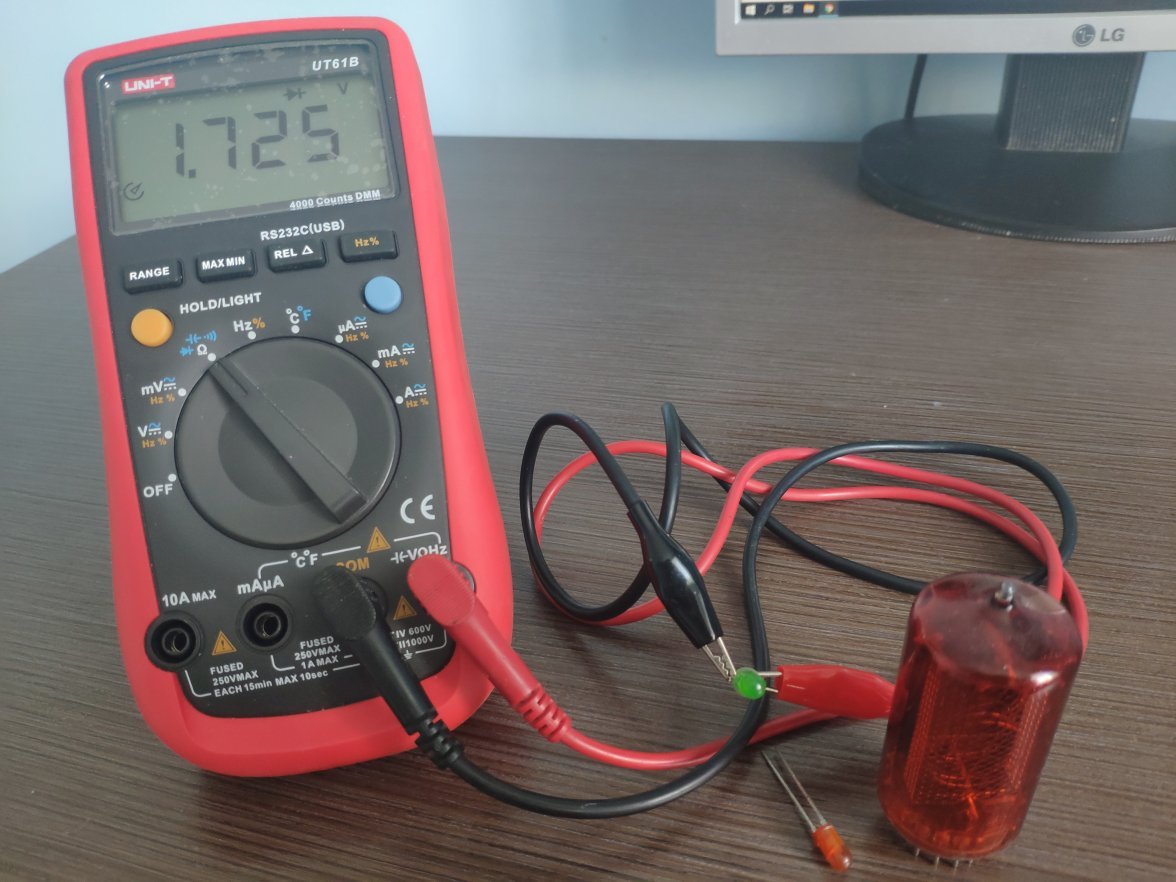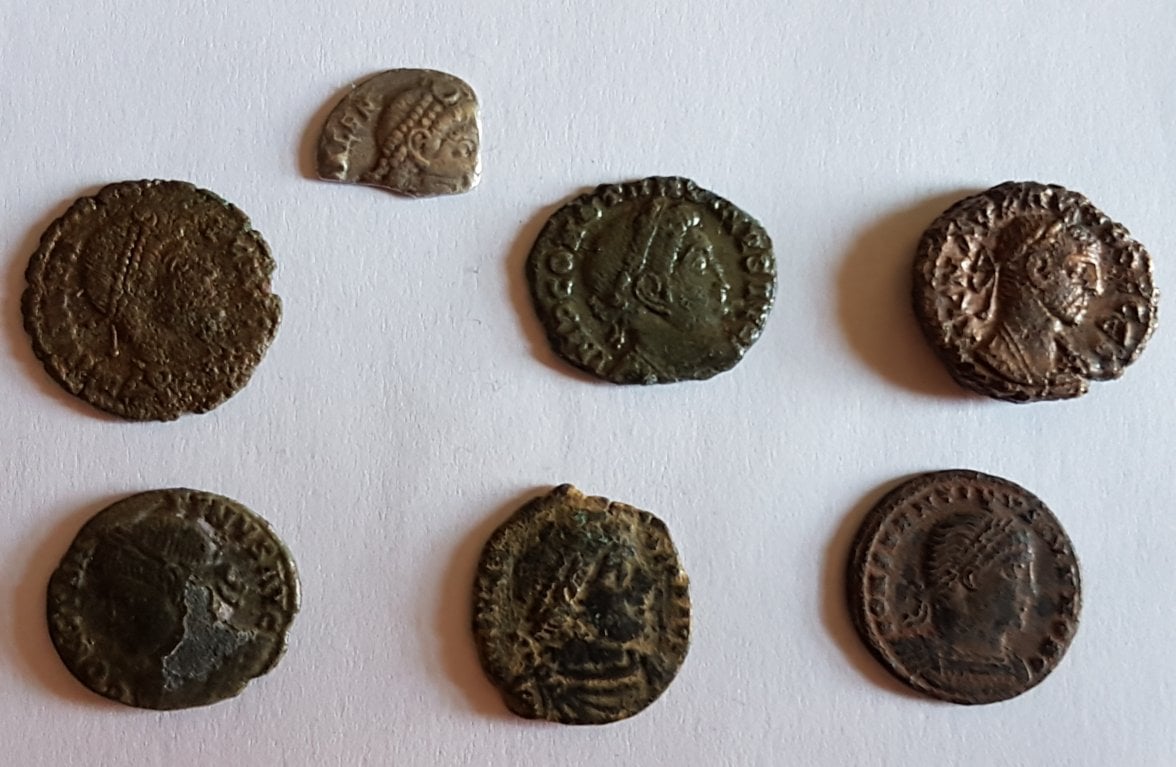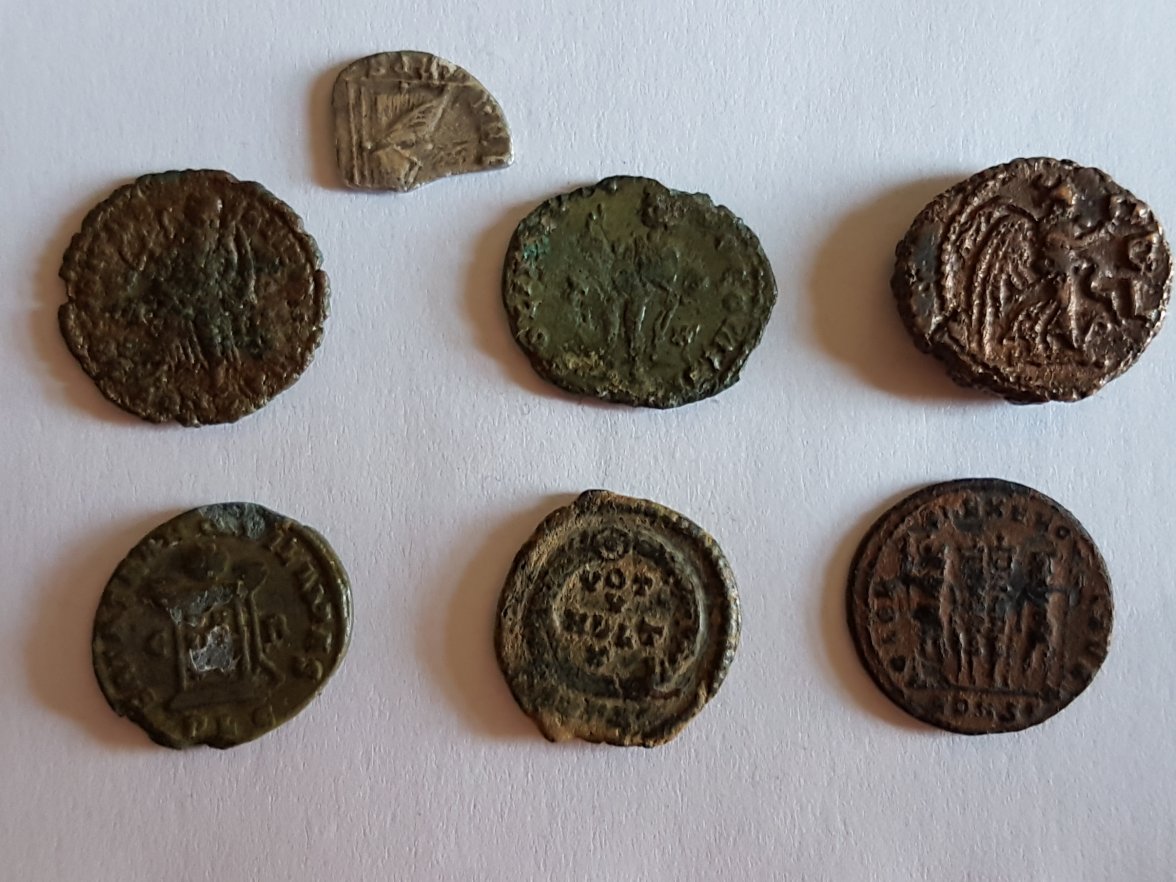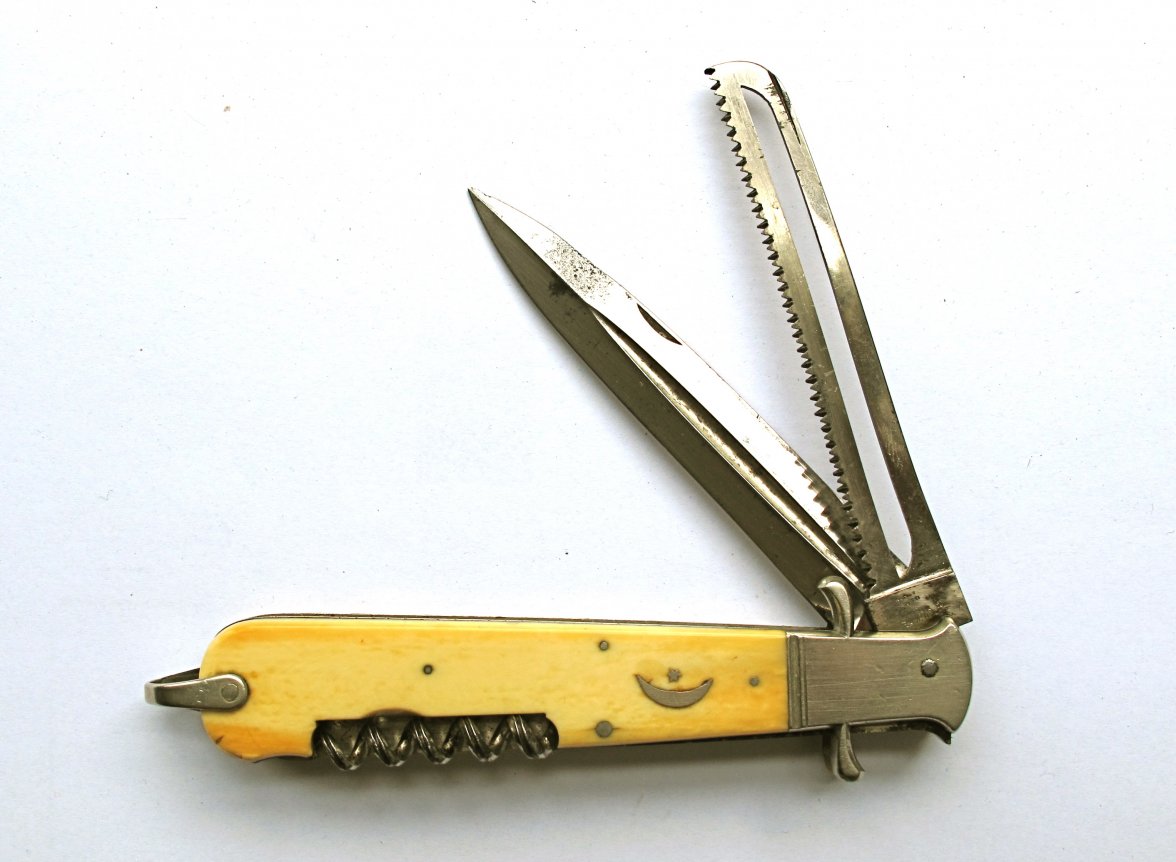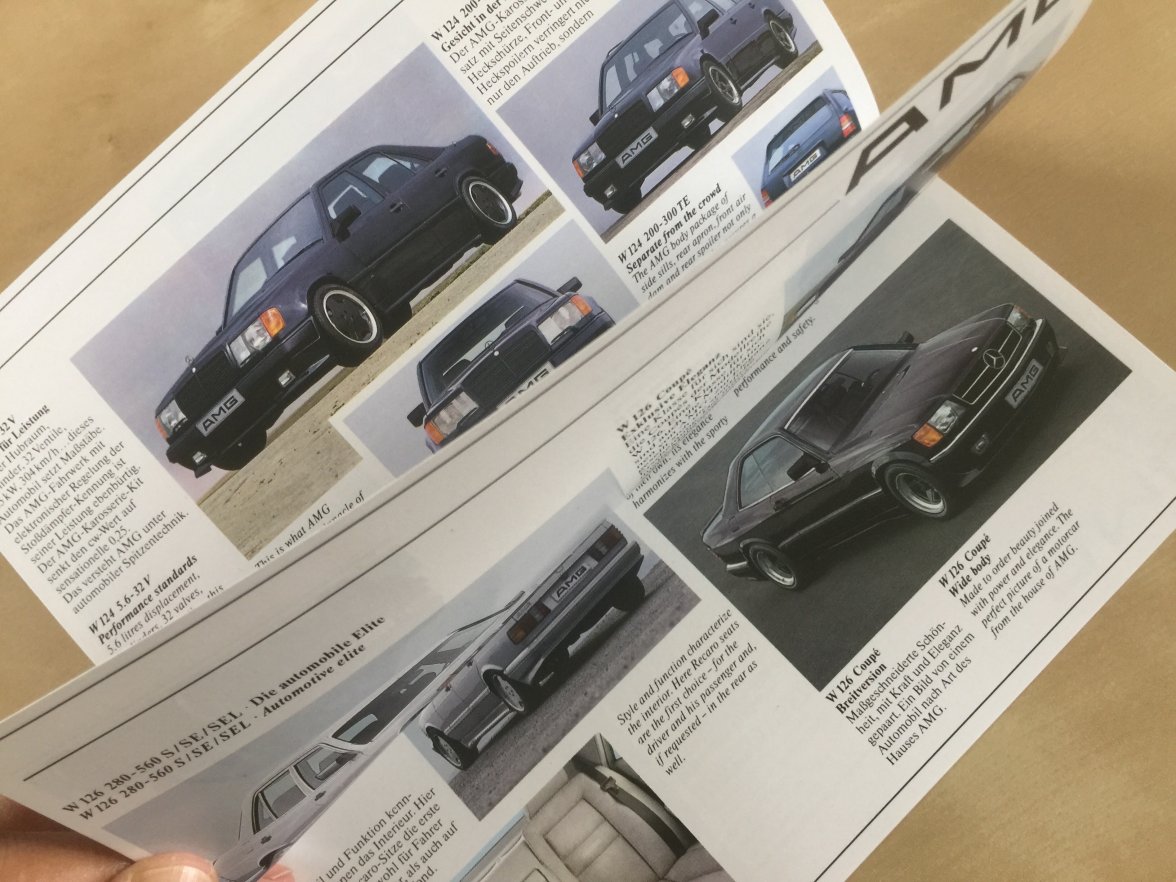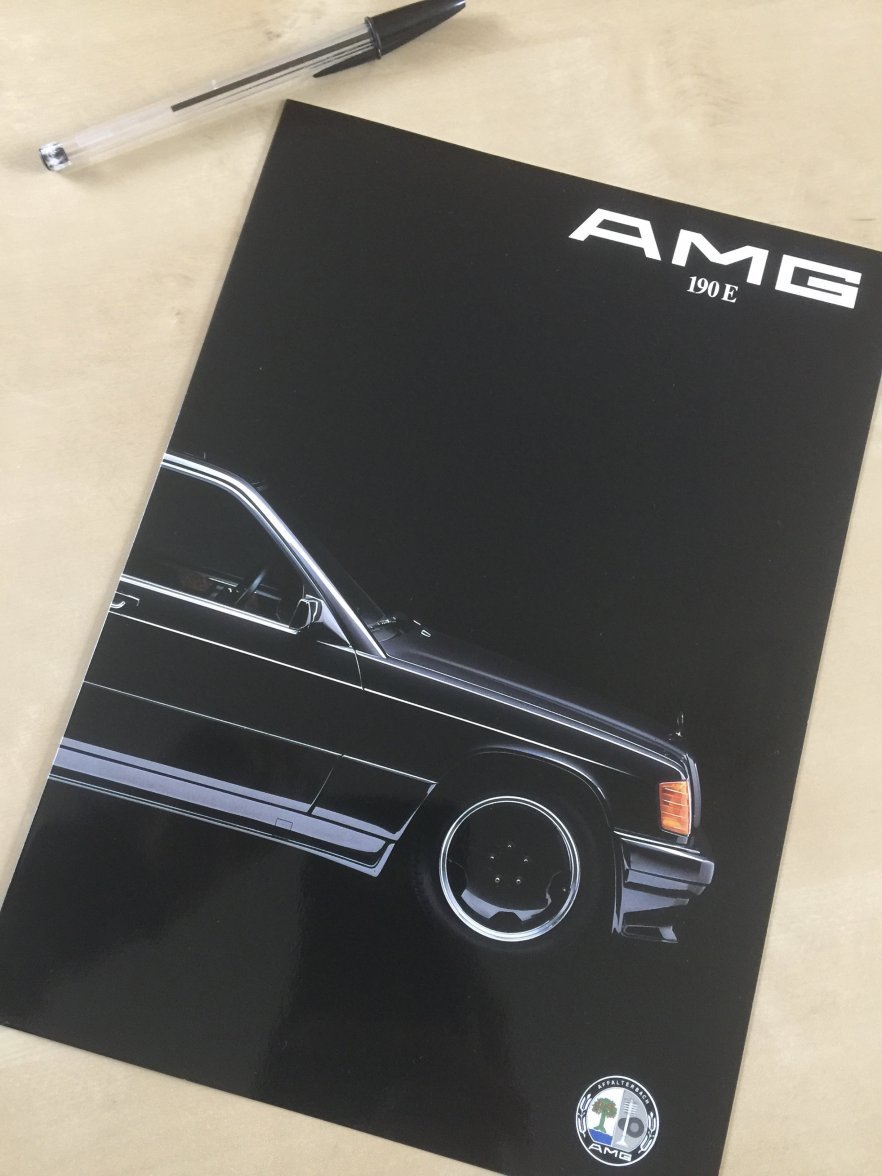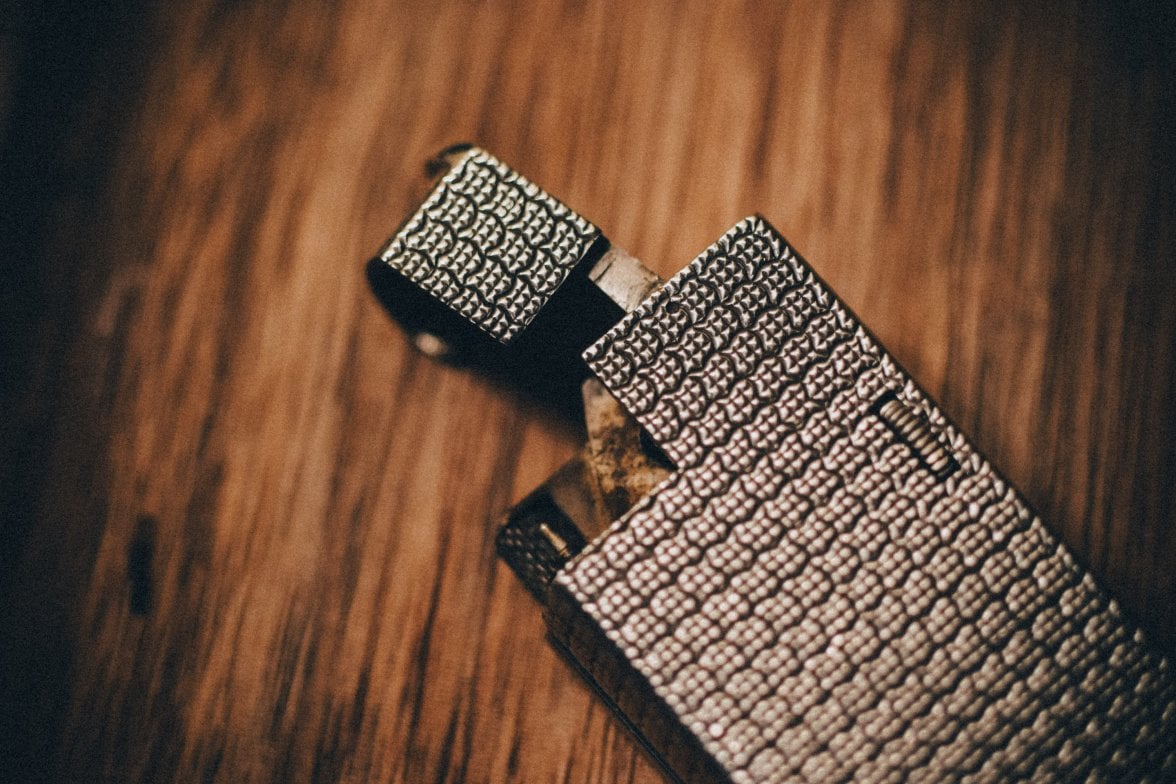I have suffered from the collecting bug all my life. Anything of good quality, fine condition or historical value tends to hook me unexpectedly. One abiding collecting field has been antique pocket knives.
Interest in old pocket knives is hard wired into the male psyche. A box of old folding knives in a junk shop will draw men like a magnet. In England I found this finely made tiny pen knife of around 1870 with mirror polished, razor sharp blades in mint condition and top quality antler horn scales, lying in a box amongst a rabble of worn-out cheapies.
Every boy acquires a pocket knife at some stage of growing up. I cannot remember my first knife, but I have the pocket knife my father carried all his life. It is a small version of a horseman's knife, made in Sheffield with Sydney retailer's stamps of
W. Jno. Baker, 3 Hunter St, and my father's initials
KLT on a silver plate pinned to the antler horn scales. It is complete but worn and both blades are broken: it dates from the 1920s when my father was a boy.
At the other end of the scale is this massive coachman's knife, whose engraving and style point to manufacture some time between 1830 and 1860. 15cm/6" long when closed, and 26cm/10.25" long when opened, it has two large blades (one broken), a saw blade, a large pair of folding scissors, an awl, a corkscrew, a pair of tweezers, a leather hole cutter, and hoof pick/scraper and a screwdriver. Its massive size is indicated by comparison with the first knife, which is 8.3cm long when closed.
An elegant example of a large horseman's knife is this exceptional piece from the top knife manufacturer in England, Joseph Rodgers and Sons, measuring a full 11"/28cm when opened. Made around 1870 with top quality antler horn scales, it has a 5" hollow ground locking spear point blade, with hoof pick, corkscrew, awl, steel needle and tweezers, in superb condition.
Some years ago at an antiques fair I bought a large Russian hunting folding knife (around 5"/13cm long closed), the only one I have ever seen. It had ivory scales, into which on one side was inset a crescent moon and a star. The blades were nickel plated and very finely made.
One common antique pocket knife variation is the small silver bladed fruit knife used in Georgian and Victorian times. With mother of pearl scales and a single hall marked silver blade, they are pretty but useless for anything other than peeling soft fruit. This one is particularly fine quality and in superb condition, with its blade hallmarked for 1867.
A more robust version is this tortoiseshell scaled knife by Brookes and Crookes, which has two steel blades and a silver blade, hallmarked for 1907. It has a shoe lace hook, awl, nail file and a silver toothpick.
Another antique shop find that I wish I had not sold is this unusual and very attractive carpet maker's knife from Turkey or Persia. It has a blade inlaid with an inscription on one side and an inlaid and engraved line along its back continuing into an awl, fitted into a solid ivory hilt. It is finely made and very rare in this quality and condition.
One of the extreme variations of the world of pocket knives is this combination knife pistol made by Unwin and Rodgers around 1860. I picked it up at a deceased estate auction of antique firearms, bought only on a whim as I was there to buy something else.
The final piece in this brief review is an English dress pocket knife with heavy solid gold scales, two stainless steel blades and scissors, and an awl and nail file. It is Sheffield hallmarked for 9ct gold, with the makers' initials GH and date stamp M for 1954.
